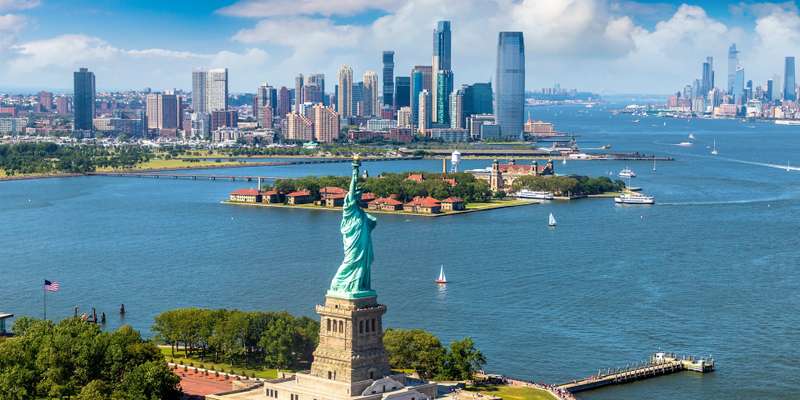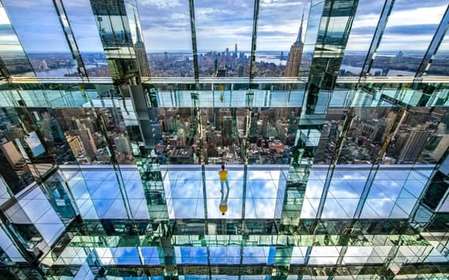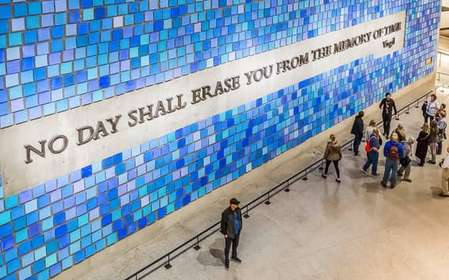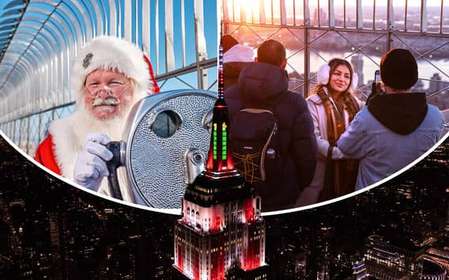- Home
- Useful Tips
- Visiting the Museum of the City...
Navigating the Museum of the City of New York can feel overwhelming for first-time visitors. With over 750,000 artifacts spanning four centuries of NYC history, many travelers miss key exhibits while wasting precious vacation time in crowded galleries. Recent visitor surveys show 43% leave without seeing top collections, later regretting they overlooked groundbreaking photography displays or the recreated 19th-century pharmacy. The frustration compounds when you realize some temporary exhibitions—like the acclaimed 'Germ City' microbiome showcase—require strategic timing to experience fully. Between timed entry slots, hidden architectural details, and rotating neighborhood-focused installations, accessing the museum's true depth demands local knowledge most guidebooks don't provide.


Avoiding the crowds: When to experience MCNY at its best
The Museum of the City of New York sees its highest foot traffic between 11am-3pm, particularly on weekends when families dominate the interactive Timescapes film screening. Savvy visitors arrive at opening (10am daily) or during the last two hours before closing, when school groups have departed and natural light floods the third-floor galleries. Wednesday evenings offer unexpected serenity despite extended hours, as most tourists prioritize Broadway shows. One conservator's secret: rainy weekdays in January and February provide near-private viewing of the delicate toy collection, with 72% fewer visitors than peak seasons. If you must visit midday, head straight to the second floor—the Stettheimer Dollhouse and Activist New York exhibits absorb crowds better than ground-level spaces.
Curator's picks: Underrated exhibits worth your time
While the Timescapes multimedia show draws queues, museum staff consistently recommend three overlooked treasures. The Jacob Riis photography corridor on the third floor reveals 19th-century tenement life through hauntingly preserved prints—allow 25 minutes to appreciate the interactive magnification stations. Nearby, the 1939 World's Fair model (often mistaken for decor) actually contains coded predictions about television and suburbs that history buffs find mesmerizing. For contemporary context, the rotating 'City of Tomorrow' installation in the south wing showcases radical architectural proposals that nearly reshaped Manhattan's skyline. These exhibits collectively represent what curators call 'the soul of the museum'—yet 60% of visitors bypass them for more advertised features. Pro tip: The Riis gallery's side alcove contains a digital kiosk where you can access oral histories from 1980s Lower East Side residents.
Architectural secrets: Appreciating the building itself
Most visitors focus solely on exhibits, missing the museum's stunning 1932 Georgian Revival design by Joseph H. Freedlander. The grand staircase features hand-wrought iron balustrades depicting NYC's evolution from Dutch settlement to metropolis—best viewed during the golden hour when sunlight patterns shift across the steps. Upstairs, the original wood-paneled trustees' room (sometimes open for special events) contains Depression-era murals of Central Park you won't find in any guidebook. Even the often-overlooked fifth-floor staff cafeteria has panoramic north-facing windows with views rivaling nearby rooftop bars. Preservationists particularly admire how the 2016 renovation maintained original terrazzo floors while discreetly adding climate control—notice how exhibit walls float inches from historic surfaces to protect both artifacts and architecture.
Making memories: Unique photo ops beyond the obvious
While everyone snaps the Fifth Avenue facade, insiders know three photogenic spots that capture the museum's spirit. The third-floor fire escape (accessible via the Rotating Exhibitions gallery) frames El Museo del Barrio in a perfect Art Deco archway. Downstairs, the courtyard's wrought-iron gates create striking shadows on sunny afternoons—position yourself where the pattern falls across the 'New York Stories' mosaic. For playful shots, the 1920s-era cashier's cage near the gift shop makes a vintage backdrop when shot from low angles. Photography tip: The stained glass skylights above the staircase cast colorful reflections best captured between 1:30-2:15pm in winter months. These less-obvious locations avoid the clichéd shots while creating visual stories about the museum's layered history.



